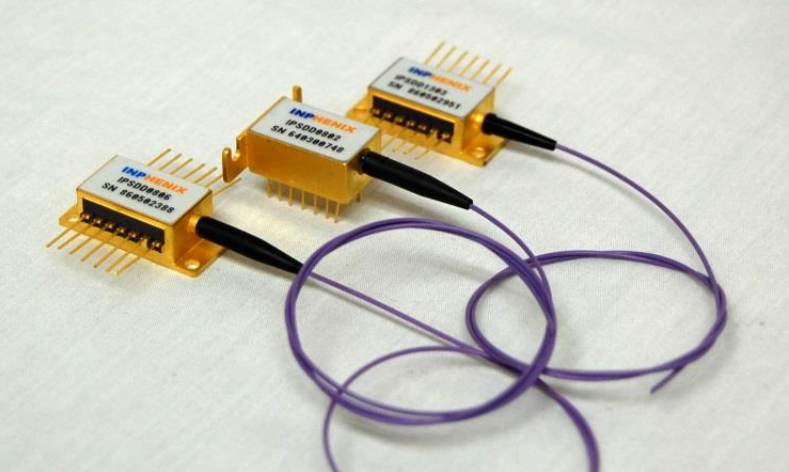
Superluminescent diodes, or SLDs, are a specific type of diode that is designed to emit more light than regular diodes. This makes them a great choice for a variety of applications, from the signal transmission to lighting.
SLD has the same properties as LD (Laser Diode) And LED (Light Emitting Diode). These 3 types of diodes have their own functions and parameters in which they work. It is essential to understand the difference between them before opting for the right diode for your requirements.
Superluminescent diodes are often used in optical fibers and other applications requiring a high-intensity light source. SLDs are different from other types of diodes in that they amplify spontaneous emission light and have low spectral half width. So with this blog, let’s find out the difference between SLDs, LDs, and LEDs.

Superluminescent diodes are a type of LED that emits light at a wavelength that is much shorter than the wavelength of light emitted by other LEDs. This makes them ideal for use in many high-intensity light applications.
SLD is an optical device that provides similar output as LD (laser diode) and similar low coherence as LED (light emitting diode). These are used in many applications for imaging purposes.
Superluminescent diodes reduce coherence noise and enable the user to acquire high-precision measurement. So it is used in sensing fields, including photo-application measurement and medical images. Whereas, LEDs are usually considered light sources because they emit light waves without any liquid medium. Further, LDs are essentially laser diodes thus acting as point light sources.
Here are some of the key differences between Superluminescent Diodes, Light emitting diodes, and laser diodes:
LD: Laser diodes have 2 reflecting coatings in which one of them prevails over the other to maintain the signal. Thus, the end facet reflectivity of one side is greater than the opposite.
SLD: Superluminescent diodes have both ends facets with non-reflecting coating. Instead of reflection, the input gets absorbed.
LED: While the other 2 maintained a unidirectional flow, LED arrangements are rather special, at an angle of 90 degrees.
LD: LDs emit stimulated emission light. This light is more or less similar to the input with minimal to no loss. So it is often observed in short-length applications.
SLD: SLDs are used in rather long range applications because they amplify the spontaneous emission of light.
LED: LED also follows the principle of spontaneous emission light but without any amplification in the original input.
LD: LDs have extremely narrow spectral half-widths, in several nanometers or less.
SLD: Superluminescent diodes have a spectral half-width range from 10-50nm.
LED: LEDs have a spectral half-width of up to 100nm. They have the broadest half-width among the three.
LD: LDs have a coherence length of several dozen cm to meters. Coherence length refers to the distance till which the original parameters are present.
SLD: Superluminescent diodes have a coherence length of 40-50 micrometers.
LED: LEDs have among the smallest coherence length of up to 20 micrometers.
LD: LDs have an optical output of several hundred mW (milliwatts). Higher optical output LDs do not require amplification and can transmit and carry stimulated emission light.
SLD: SLDs have an optical output of 40-50 micrometers.
LED: LEDs have the lowest optical output of up to 20 micrometers.
LDs and SLDs support an affinity for fiber meaning they can be transmitted and the impulse can be carried in a fiber medium. A fiber medium is full of optical reflections that allow the signal to transmit rather quickly with a minimum loss, depending upon the type each may depict its own behavior towards fiber. However, LEDs do not support fiber affinity.
Superluminescent diodes are a type of optical technology that manipulates the parameters to generate light impulses and carry them. Several processes follow the term which is mentioned above. The key difference between SLD, LD, and LED can be understood by a comparative study. From this, it is concluded that SLD is comparable to LD in terms of output and equivalent to LED in regard to low coherence.
Inphenix is a US-based company established in 1999. We specialize in manufacturing optical devices such as swept-source lasers, FP lasers, gain chips, distributed feedback lasers, and VCSELs. Our products are cutting-edge and work with a broad variety of devices.
